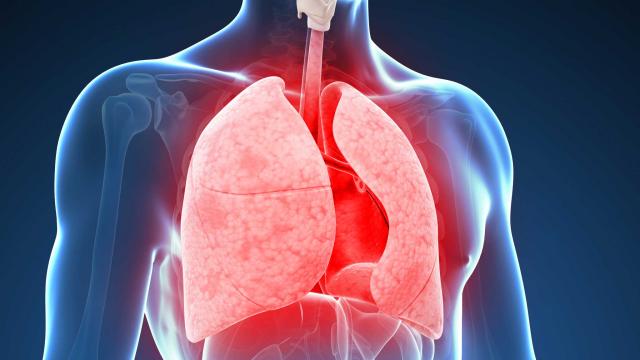How to control COPD exacerbation- Improve Quality of Life
COPD is a disastrous condition. The quality as well as expectancy of life decreases rapidly in almost all COPD affected individuals. Worst outcome of this disease is “exacerbation”. It is actually an acute flare-up of the condition, which causes shortness of breath, coughing, wheezing, etc, making the person quite sick. Many a times, COPD patients face such serious exacerbations that they are rushed to the emergency, where they are kept overnight for a continuous management and observation.
Early exacerbation signs which must never be ignored include fever, wheezing and coughing greater than usual, worsening shortness of breath and change in the color of mucus. Factors such as pollution, humidity, cool breeze and lung infections caused by virus or bacteria, which can trigger exacerbation event, must also be avoided.
Few useful and necessary steps are mentioned below which every affected individual must seek in order to ward off this nightmare called as “COPD exacerbation”.
[wp_ad_camp_4]Quick acting bronchodilator:
This is a ‘must have’ medication which every COPD patient is prescribed. Quick acting bronchodilators such as levalbuterol, albuterol and ipratroprium, in the form of inhalers must be in the pocket 24/7 so that when such an event occurs, immediate relief can be obtained by the patient themselves.
Slow acting bronchodilators are also prescribed for the purpose of maintaining adequate breathing in between the exacerbation episodes.
Corticosteroids:
Corticosteroids are of great help when it comes to controlling COPD exacerbations. An oral corticosteroid, if prescribed early in the event, can save the patient from developing further symptoms, and can reduce the need to visit the emergency.
Short courses of such medicinal doses although cannot prevent the exacerbations from occurring altogether, but can decrease its frequency and intensity. Sometimes, corticosteroids are mixed with bronchodilators and the mixture is used as an inhaler. Such a combination is used for flare-ups mostly.
Antibiotic:
The lung structure of COPD patients tends to be damaged in many ways. One such damage is the loss of cilia. Cilia are tiny hair like structures which wipe away the mucus in lungs.
Due to reduced cilia in COPD, lungs tend to contain more mucus as a consequence. Greater amount of mucus translates into greater chances of having bacterial infection. Hence, antibiotic medications are also added to the treatment regimen of COPD patients, so as to ward-off active inflammation, and to decrease airway inflammation.
Reduced lung inflammation may result in decreased exacerbation frequency.

